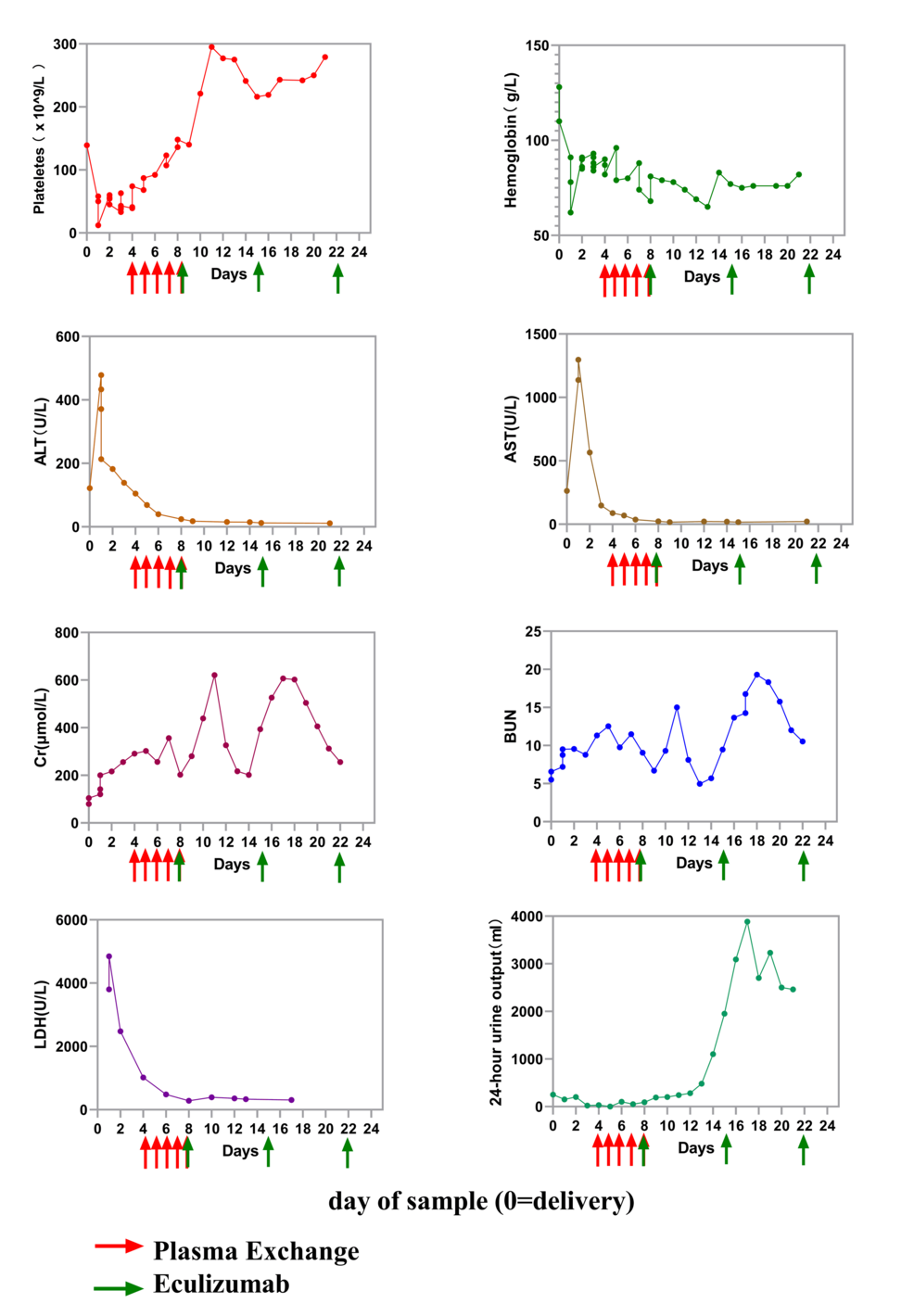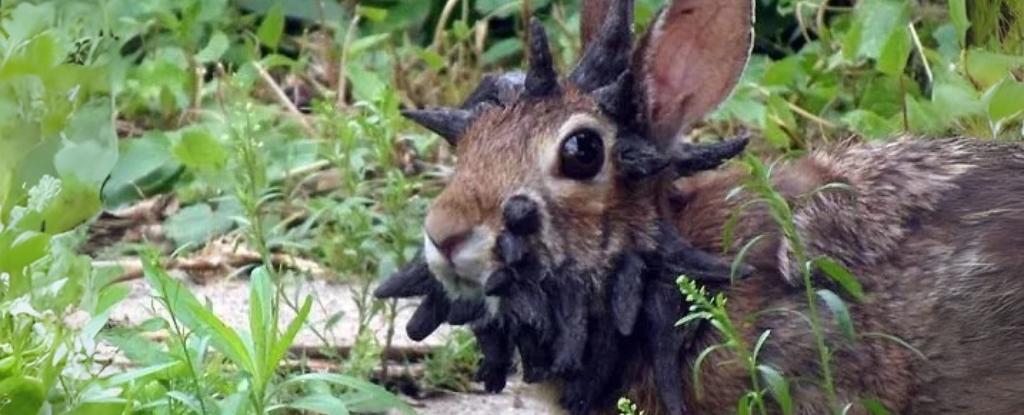Zombie Squirrels? The Shocking Truth Behind These Mysterious Creatures!

Imagine walking through a park and spotting a squirrel that looks like it just stepped out of a horror film! Yes, you read that right – reports from the U.S. and Canada are flooding in about these peculiar creatures, affectionately dubbed 'zombie squirrels.' But before you panic, let’s dig into the bizarre and fascinating reality behind these unsettling sightings.
People have been using the term ‘zombie squirrels’ to describe a strange phenomenon witnessed in various regions. These furry little critters exhibit alarming lumps, some even bleeding, resembling the types of characters from the popular TV series, The Walking Dead. While they might look like the walking dead, rest assured, these squirrels are very much alive. What they are suffering from is a condition known as squirrel fibromatosis.
Squirrel fibromatosis gets its name from the fibromas, which are non-cancerous tumors formed of fibrous connective tissue. These tumors can vary in size, some as small as a few millimeters while others can grow up to 25 millimeters in diameter. The location of these tumors plays a crucial role in their impact on the squirrel's health. When they’re just lurking on the skin, they may not pose a significant threat, aside from possibly hindering the squirrel’s dating life—who wants to date a squirrel with a lump, right?
However, if these tumors begin to press on vital organs, the situation can turn dire. For instance, if they develop near the eyes, they could impair vision, or if they spread to the lungs, liver, or kidneys, the consequences could be life-threatening, causing organ dysfunction or even death. Moreover, these lumps may become infected, leading to further complications.
Interestingly, the news about these zombie squirrels has gone viral, but there’s another viral element at play—the virus responsible for their condition, known as leporipoxvirus. This virus, part of the pox group, is what leads to the development of these fibromas. Squirrels typically catch this virus through bites from mosquitoes or fleas that carry it, or through direct contact with infected squirrels. The tumors usually emerge at the site of transmission, whether from an insect bite or squirrel-to-squirrel interaction.
Unfortunately, there’s no cure for this condition at the moment. Yet, on a brighter note, when the disease isn’t severe, those pesky lesions often regress over time, allowing the squirrels to bounce back. Thankfully, the North American population of grey squirrels seems to be holding steady despite these outbreaks, according to reports from the Michigan Department of Natural Resources.
It’s worth noting that this isn’t a brand-new issue. Squirrels displaying these symptoms have been seen as far back as 2023. Recently, however, social media has exploded with discussions about these creatures, proving that things aren’t truly real until they hit our feeds!
So, should you be worried about catching the leporipoxvirus? If you're a squirrel, rabbit, or woodchuck, the answer is yes. There have been lab-confirmed instances of transmission to rabbits and woodchucks, although such cases are rare in nature. But if you're human? You can breathe easy—there's currently no risk of infection from these furry friends, even if you happen to dine on an infected squirrel. That said, we can’t rule out the possibility of the virus mutating in the future. For now, if you see a 'zombie squirrel,' there’s no need to run away screaming like you would from a human zombie!


















